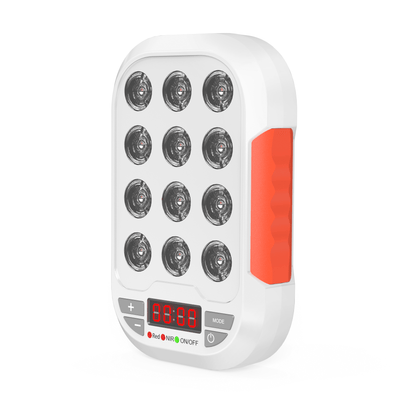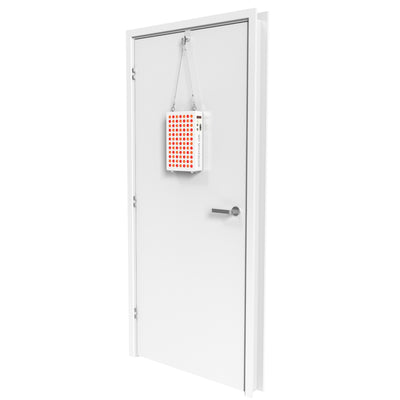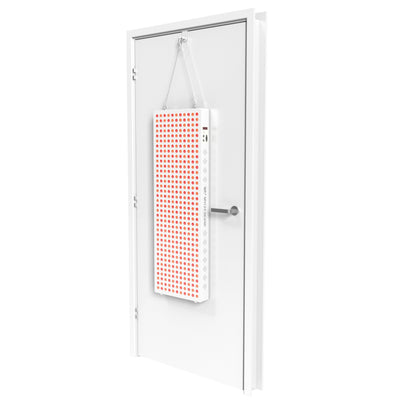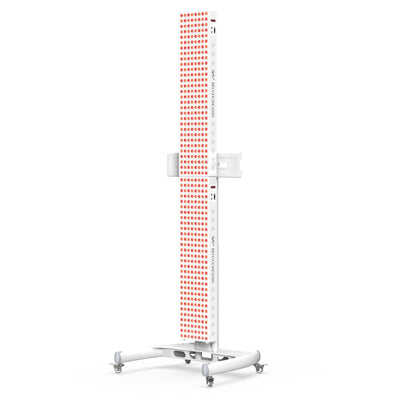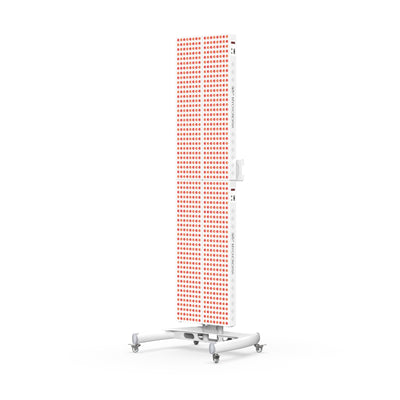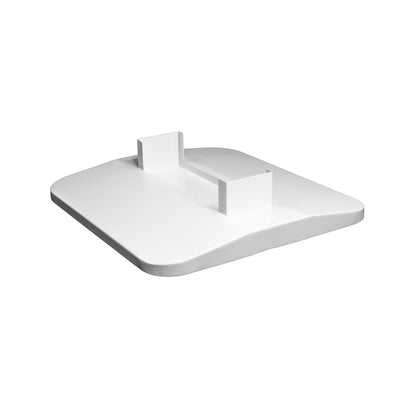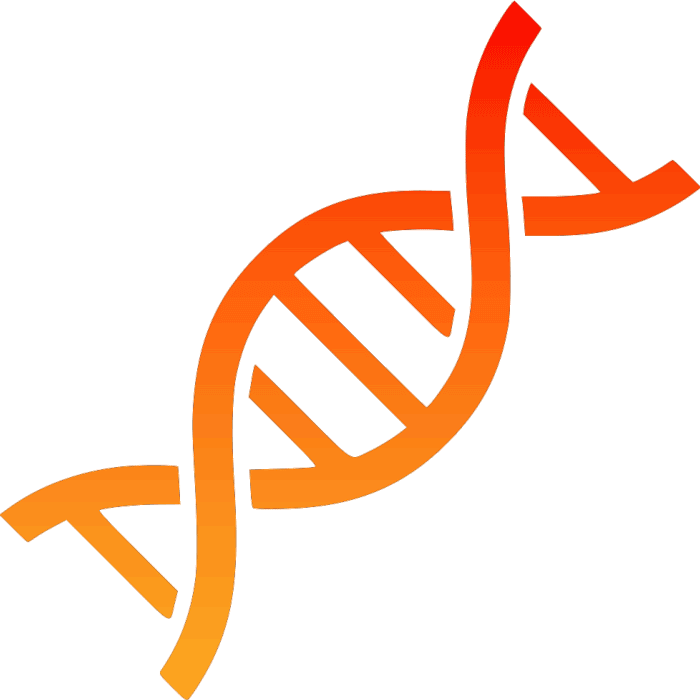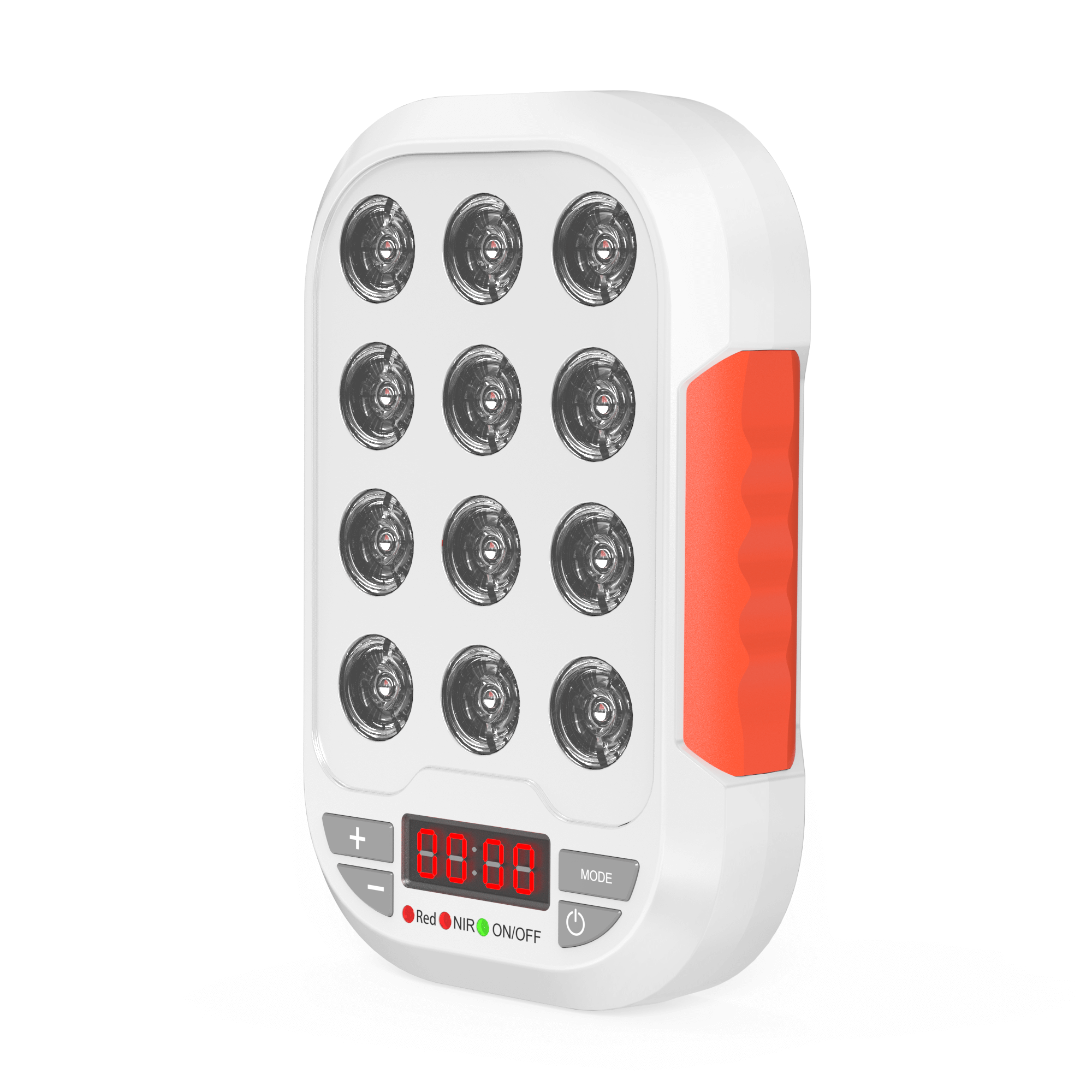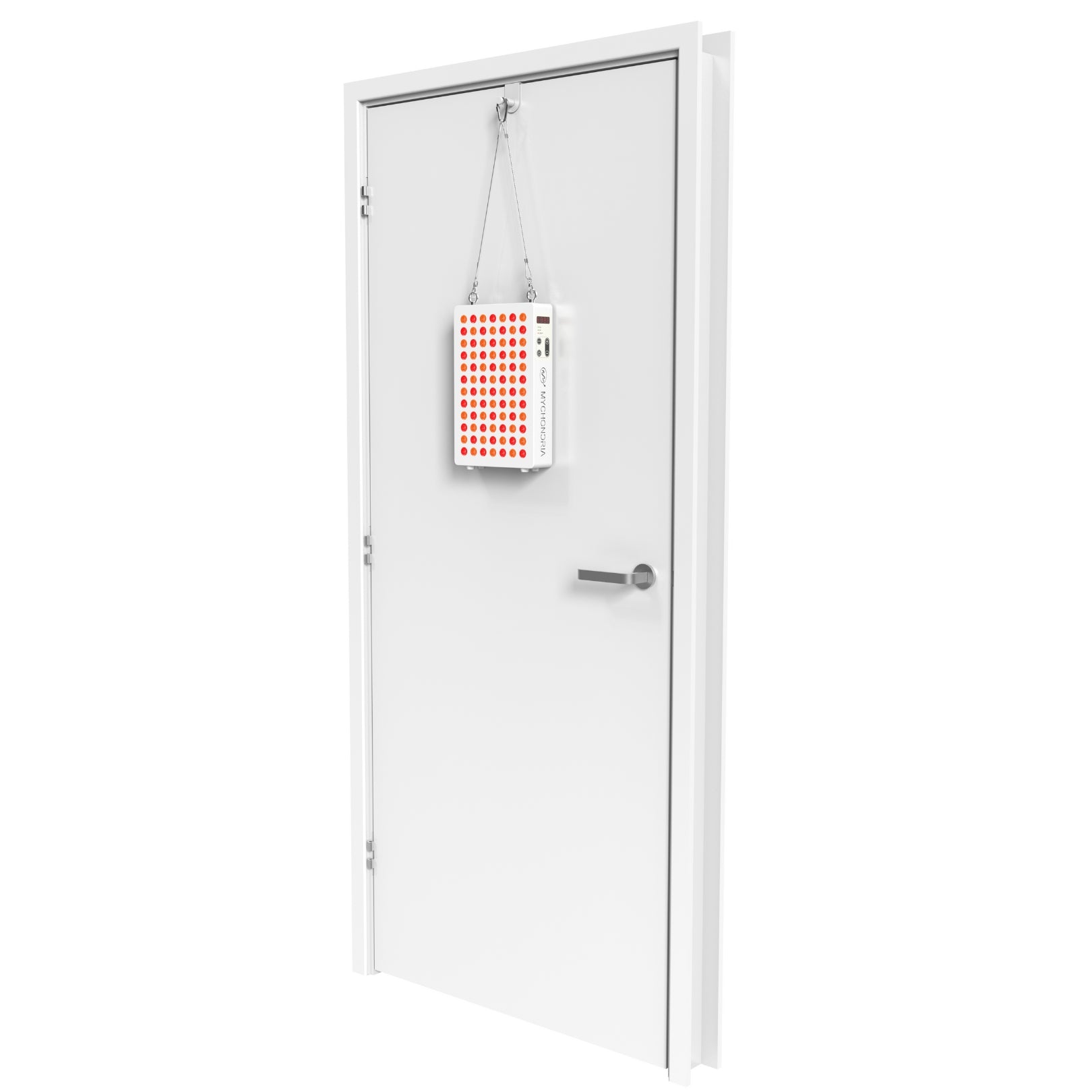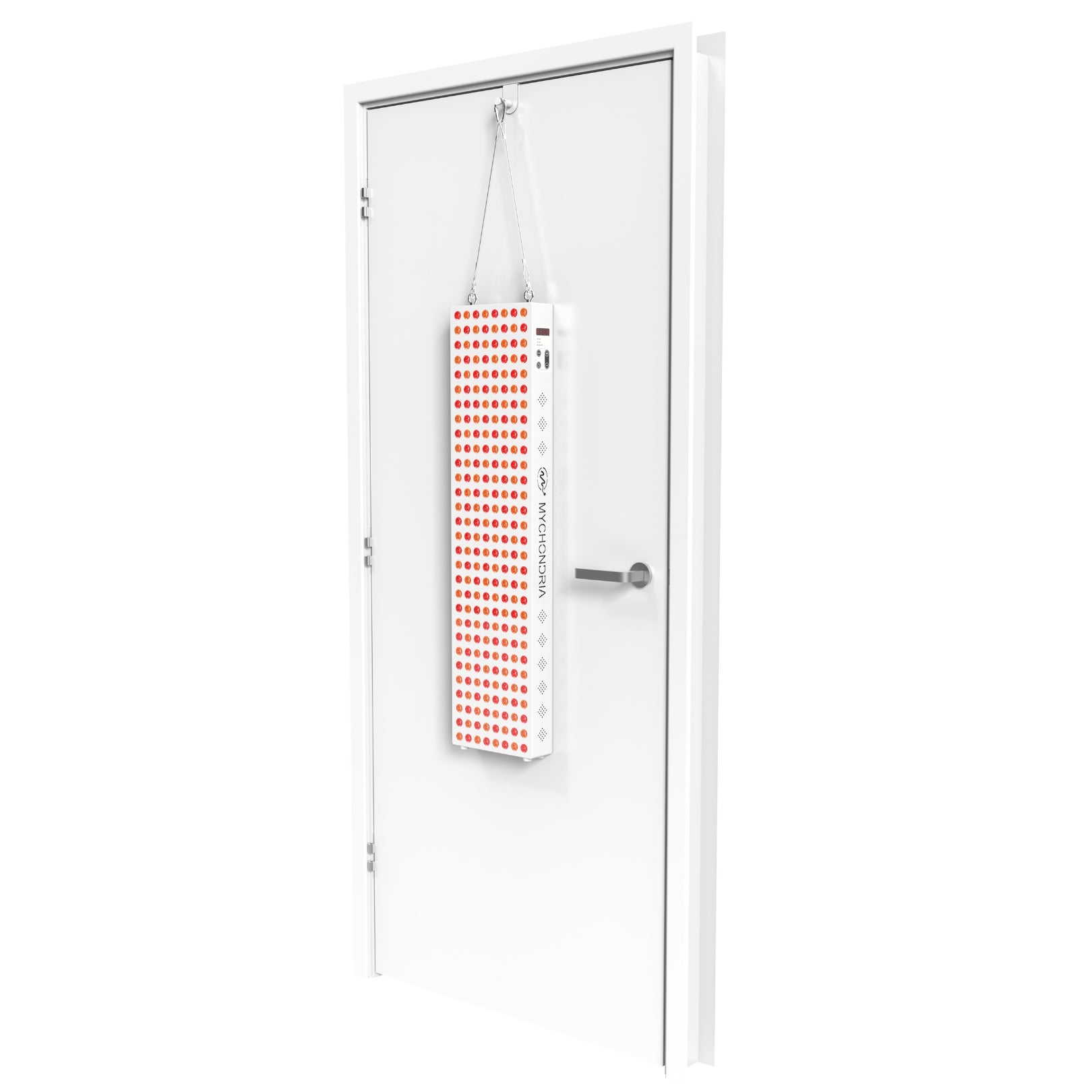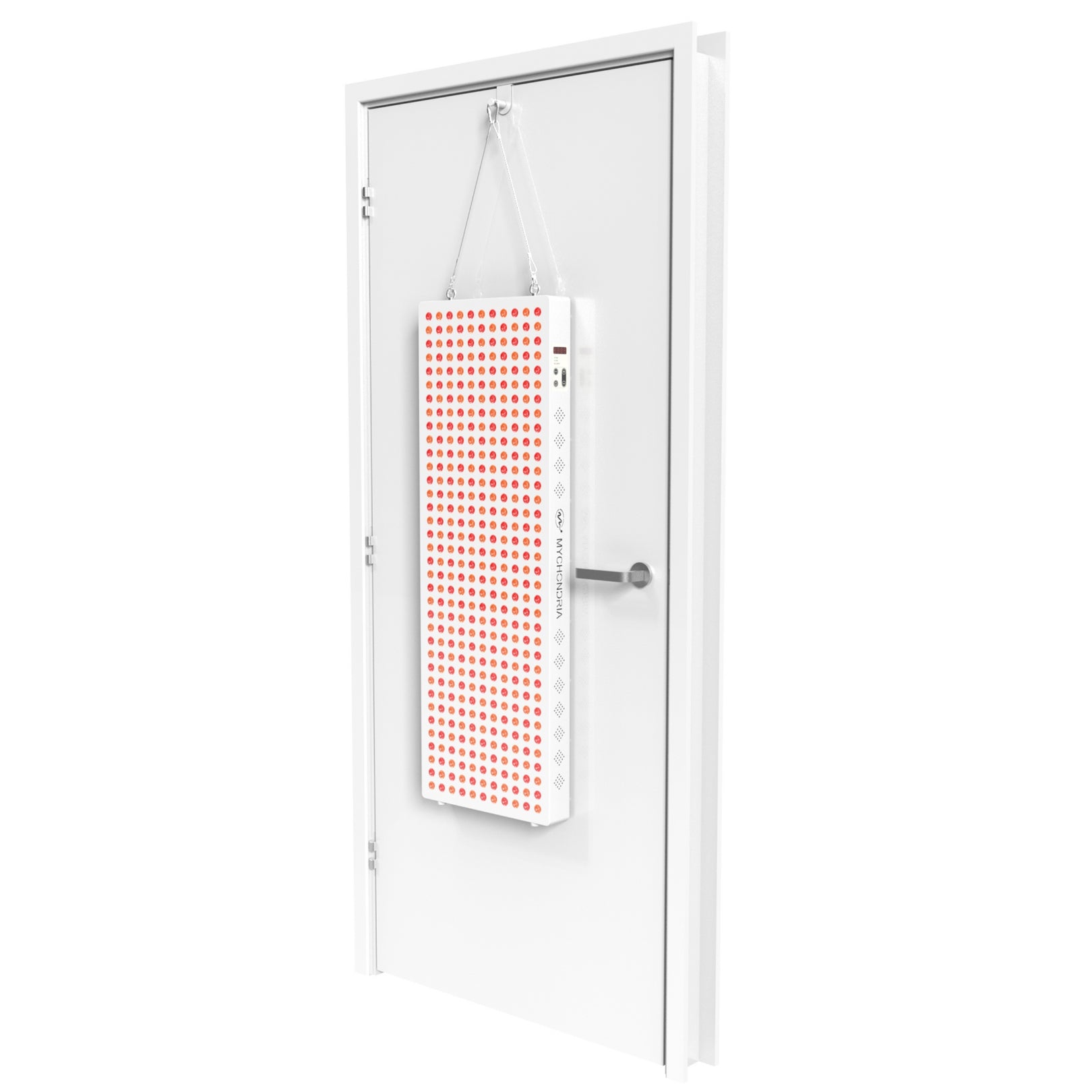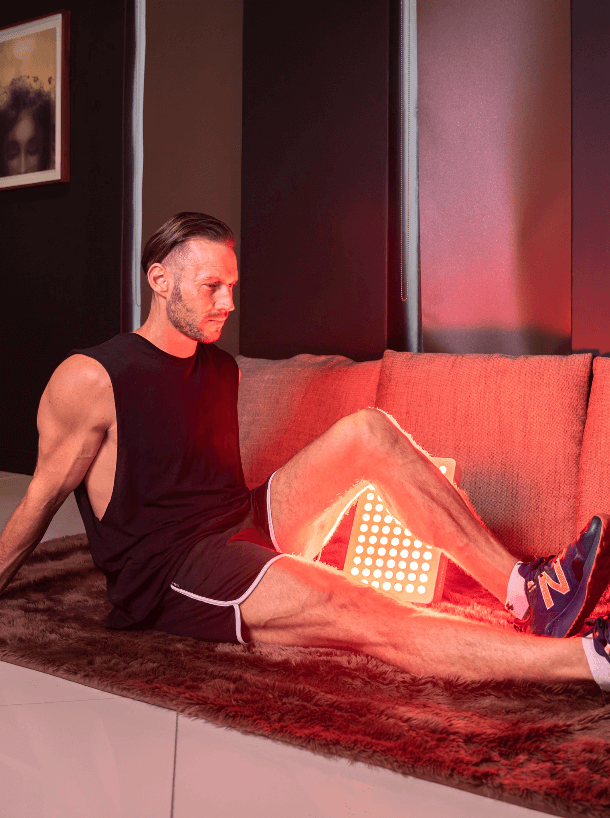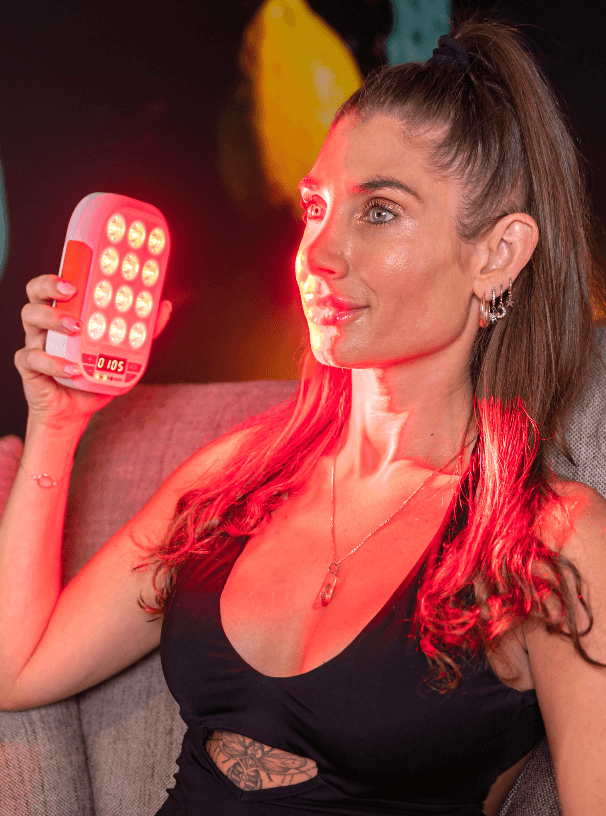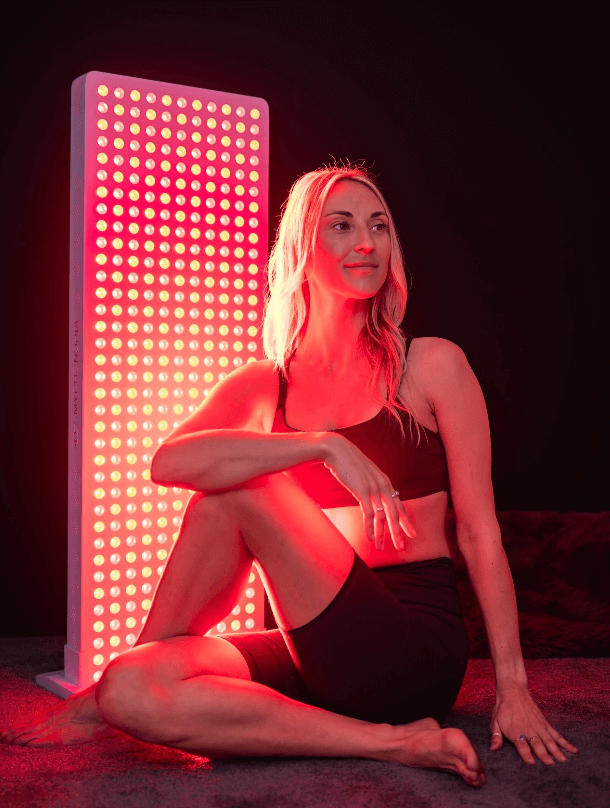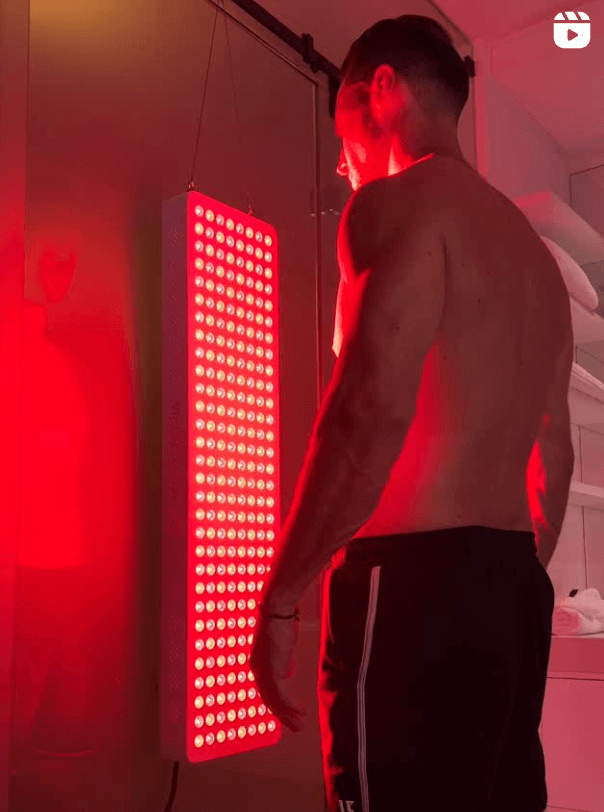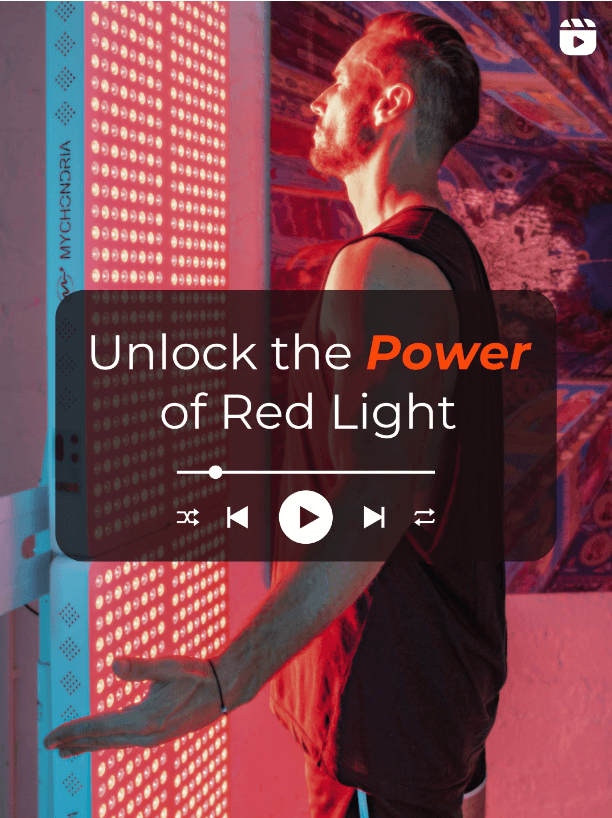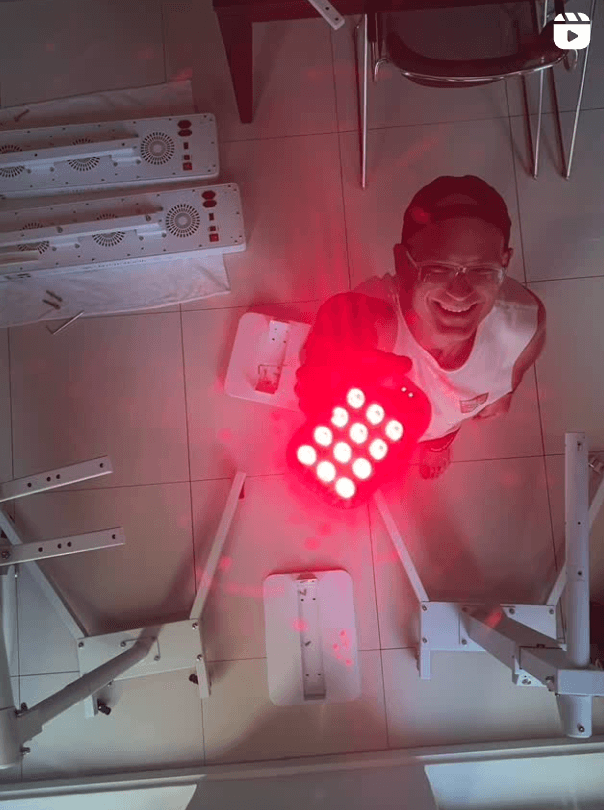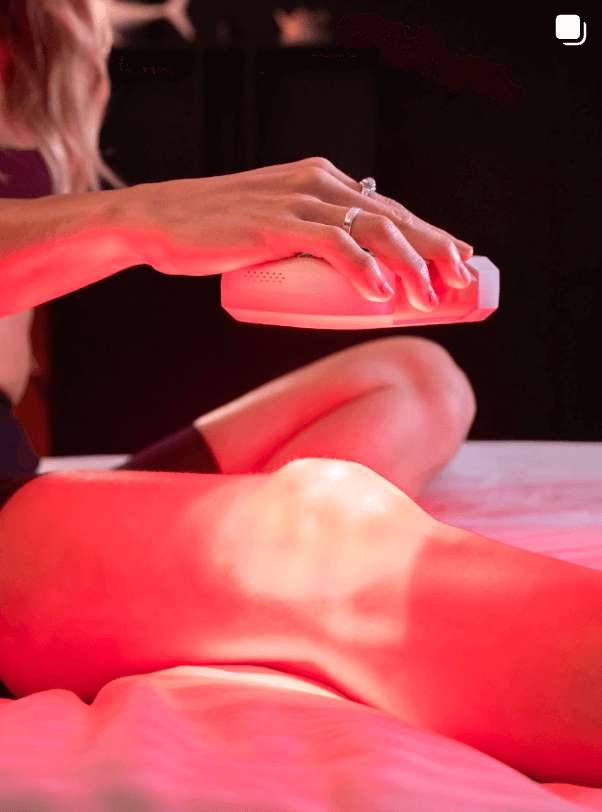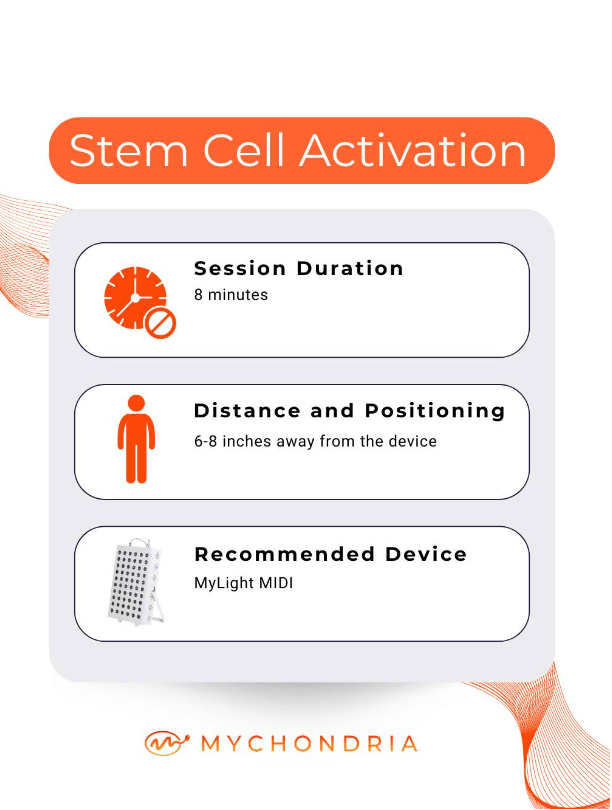
We conducted a survey that asked our subscribers to send in questions relating to red light therapy that they needed answering. The responses that came through were incredibly interesting and exciting out-of-the-box thinking questions that we loved going through. We’re going to answer the top 5 most frequently asked questions. You won’t want to miss this!
-
Can red light therapy hydrate you?
-
Is it possible to overdose with red light therapy?
-
Why does red light therapy have the opposite psychological effect to the colour red?
-
Which types of people shouldn’t use red light therapy?
-
If red light increases energy, why is blue light used as a treatment method?
Let’s get right to it!
1. Can red light therapy hydrate you?
This is extremely interesting, because it’s a side effect of red light therapy that we don’t talk about that frequently. Along with creating more energy in the body through the mitochondria in our cells. A by-product of this process is that extremely high-quality water is also generated within our cells. So YES, red light therapy can have a hydrating effect. This is especially beneficial if you have tight muscles or stiff facia, where the hydration leads to better movement, flexibility and less discomfort.
2. Can you overdose on red light therapy?
Our red light devices contain no wavelengths of light in the Ultraviolet range, meaning that you can’t get burnt by it. Due to the fact that our devices are LED lights, they won’t heat up at all and therefore there is no risk of getting hurt or a heat burn by a hot lamp. So from a physically safe perspective, there is no risk of sustaining a physical injury from your device.
However, overusing your red light device can slow down or even halt the benefits of the treatment. Too much red light exposure results in cells that are overloaded with energy. The antioxidants in our cells aren’t able to keep up with the high energy levels, meaning that any free radicals are produced aren’t able to be oxidized. Essentially, you won’t experience as many benefits as you could, by over-exposing yourself with red light. Our usage and dosage guidelines are there to ensure that you get the best results from our devices!
3. Why does red light therapy have the opposite psychological effect to the colour red?
This is really interesting one! Our brains have been trained that the colour red means something is dangerous or recognizes it as a warning sign for trouble. However, red near-infrared light, especially in the evenings, can have a calming effect on the brain.
This is because the wavelengths of light in the red and near-infrared spectrum don’t stimulate the circadian rhythm like blue light (cellphones, laptops, tv) does, it has the opposite effect. But because its providing your cells with more energy, it gives the body more energy to fight and treat any ailments or inflammation, making you feel stronger, more relaxed and rested.
4. Which types of people shouldn’t use red light therapy?
We have spoken a lot about the safety of our devices. This treatment method has been used and studied in peer-reviewed clinical trials for decades with no negative side effects reported. It is even safe enough for children to use when supervised by an adult!
We recommend that, if you have a tumour or cancerous growth, we recommend consulting with a medical professional before using your device for safety clearance.
We also don’t recommend trying to directly treat a medical condition without first consulting a medical professional.
5. If red light increases energy, why is blue light used as a treatment method?

The age-old question! Seasonal affective disorder (SAD) is a depressive disorder that comes from people not having enough exposure to natural sunlight. This results in a disrupted circadian rhythm, causing depressive symptoms to develop. Blue light can stimulate the circadian rhythm when used in the right context, and can be used to treat disorders like psoriasis and other skin conditions. The most important thing to consider with blue light exposure is the time of usage – because too much blue light exposure too late in the evening will affect your sleeping patterns and therefore your circadian rhythm even more, so for a person with SAD, its benefits are dependent on the way that it is used, and the times of the day of exposure.
If you have any other questions, please never hesitate to contact us! Our DM’s and emails are ALWAYS open.
Written By: Caroline Bursey
For more information, check out our incredible blogs here.
Shop our incredible devices here - its one click away.
